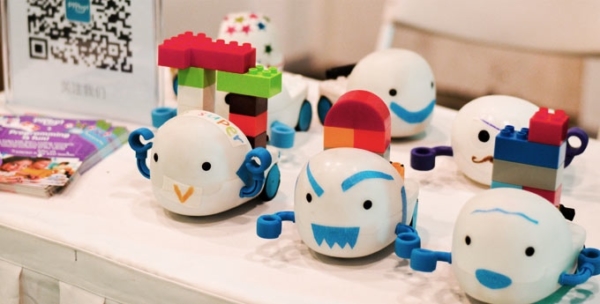 With the world becoming increasingly modernized, the importance of having children engage in the principles of programming as early
With the world becoming increasingly modernized, the importance of having children engage in the principles of programming as early
as possible has skyrocketed. And while it’s easy to see the financial benefits of that exposure, what’s more important is the analytical and critical thinking it develops in those young minds. This is why the Root was created.
Root is a Roomba-looking robot that focuses on teaching both kids and adults valuable programming skills. The robot itself can attach itself and navigate walls or just wander about on the floor and is equipped with a variety sensors for coders to play with. The Root’s companion app has three levels. The first has a graphical interface that non-readers can use to learn basic concepts of events, sequences, loops, states, functions, priorities, timing, program stepping and debugging.

